When I announced to friends that I was going to South Dakota to teach French cooking, the general response was “South Dakota, excuse me?” It was as though I’d said I would cook on the moon. Yet South Dakota was a terrific spot to teach French cooking, not only because of the early French influence in the area which gives rise to towns named La Fourche and Pierre, but because the lush landscape produces abundant market garden crops, from corn to golden raspberries, purslane, sweet garden peas and the most tender lettuce this side of Normandy. And that doesn’t even take into account the many small organic farms, the warm and generous people, and the beautiful kitchen of Teri Ciani, owner with her husband Dave of High Prairie Lodge in Whitewood.
Finding ingredients near did involve traveling a few miles, but find them we did. While the tomatoes may have lacked late summer sweetness, the juicy cucumbers, richly flavored chard, small and firm zucchini, sweet local corn, and gorgeous peaches more than made up for their timid flavor. We also feasted on gorgeous freshly caught walleye and surprisingly tender and elegant bison. Meaty quail, perfectly marinated (by our group of eight students) and grilled proved the ideal salve after a day on the road to visit Mt. Rushmore and Crazy Horse, as did a salad of local green beans topped with peaches. When local farmer Talli from Moonrise Farms knocked on the kitchen door with a flat of freshly picked raspberries, the menu adapted quickly to embrace them. And when a neighbor stopped by to offer her crop of new lettuce, a salad was added to each meal.
There was so much more in this lovely part of South Dakota, from Teri’s beautiful morning coffee cake to her laden peach kuchen, to Chef M.J. Adams of the Corn Exchange‘s corn pancake topped with fresh trout, to beautifully tender loin of pork which we served with a lemony mustard sauce from Dijon. Each meal we made in class began with an appetizer, and a favorite was Melon Parfait, garnished with geranium petals from Teri’s garden.
Distances and dimensions in the Black Hills of South Dakota are awe-inspiring; the wild game roaming the golden hills abundant, the laughter and generosity of those who live there and crossed our path inspiring. I, for one, got a taste of this beautiful area that inspires me to want more.
MELON PARFAIT
Perfect for summer!
1 medium Charentais, Cavaillon, or cantaloupe, about 1 lbs12 ounces (860g) rind and seeds removed,
cut into chunks
½ cup (125ml) plain, full-fat yogurt
The zest from one half lime, minced
1/2-1 teaspoon extra-virgin olive oil
1. Using a melon ball maker, make 18 melon balls. Put three melon balls on each of six attractive toothpicks or skewers. Place on a plate and refrigerate.
2. Purée the remaining melon in the workbowl of a food processor. Transfer to a non-reactive, air-tight container and refrigerate for at least one hour.
3. In a small bowl, whisk together the yogurt and the lime zest and evenly divide the mixture among 6 glasses that will hold at least 3/4 cup (185ml) each, such as a wine glass, or a small brandy snifter. Place the glasses in the refrigerator, covered loosely with a towel, to chill for at least 30 minutes.
4. Just before serving, remove the glasses and the melon from the refrigerator. Evenly divide the melon among the glasses, pouring it carefully atop the yogurt mixture. Drizzle each glass with a bit of the olive oil. Rest a toothpick of melon balls over each glass, and serve.
6 appetizer servings




